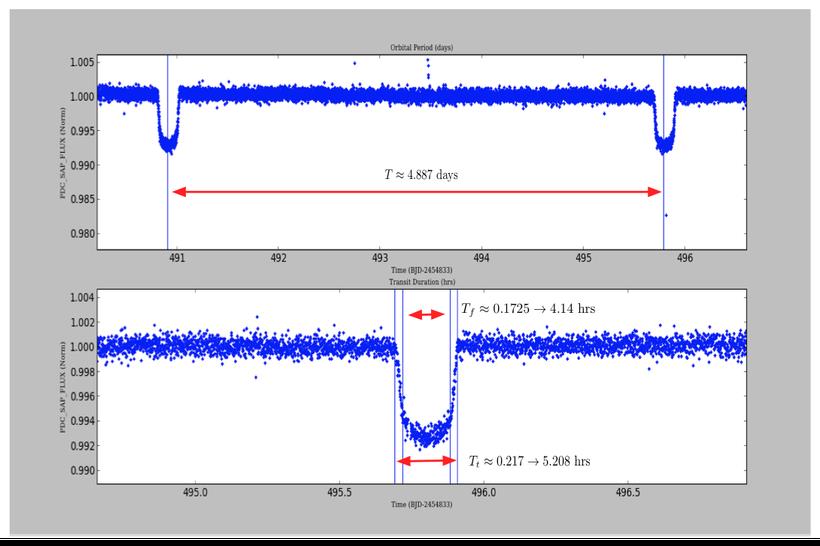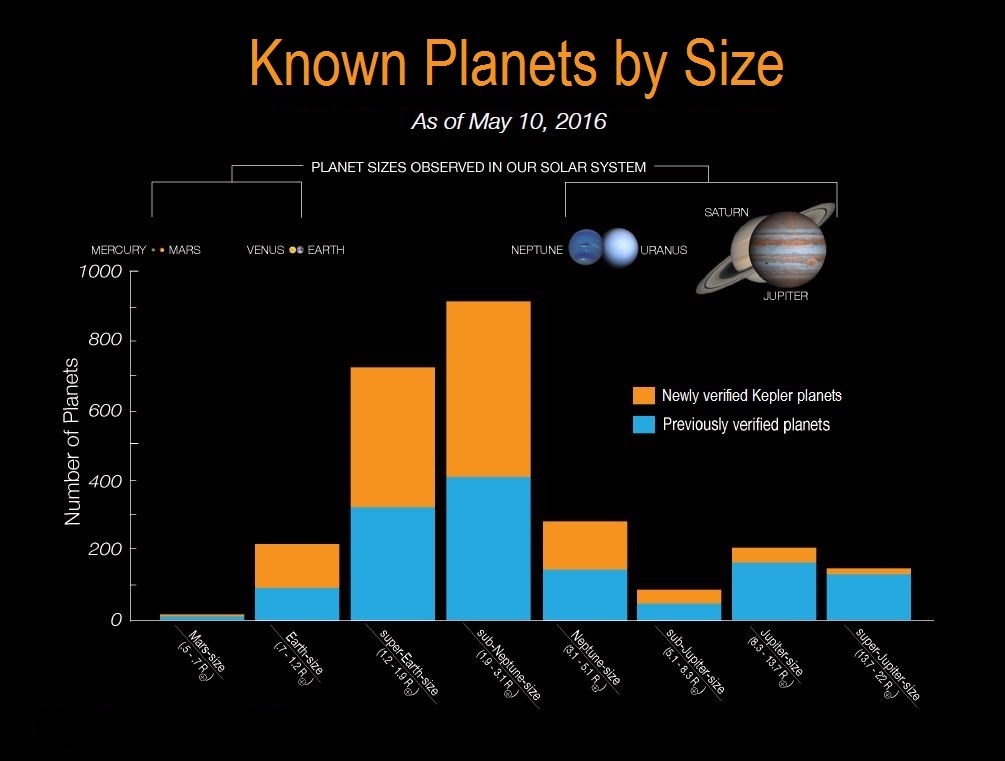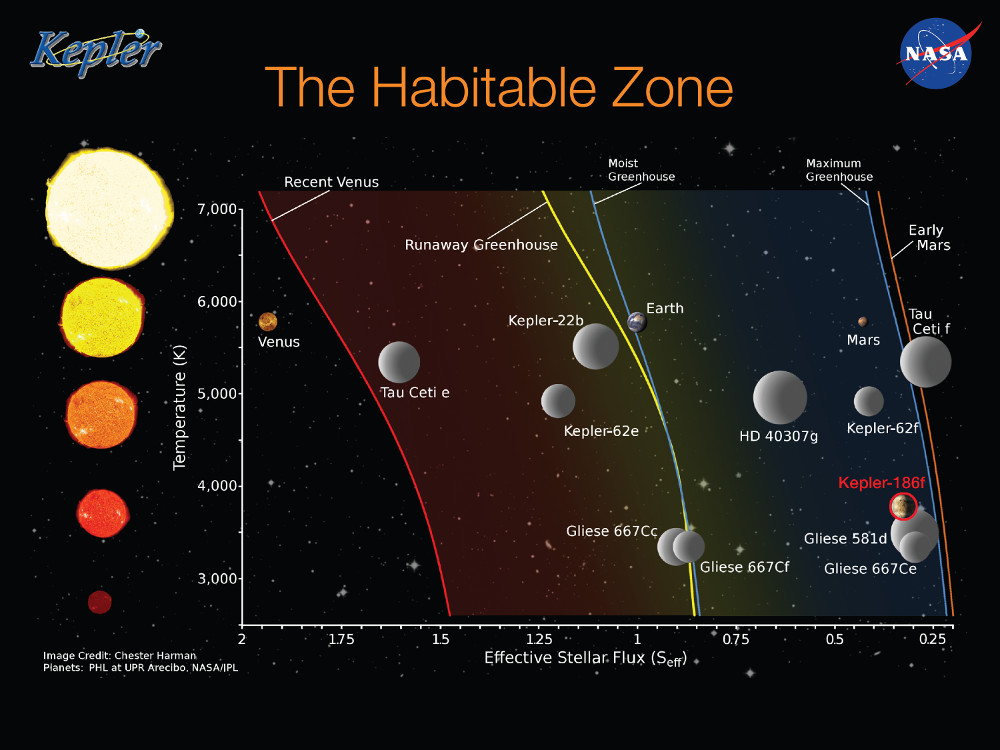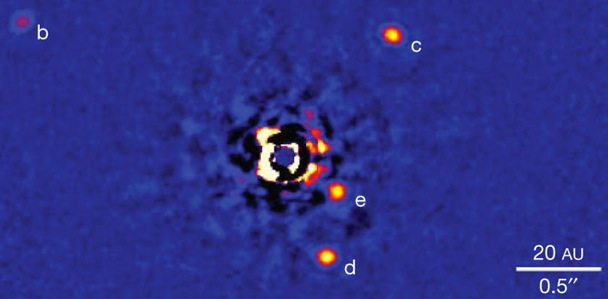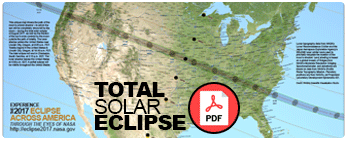Exploring Exoplanets
The year was 2001 - the first of the new millennium. It was also the year astronomers reached a historic milestone: they had catalogued more planets orbiting distant stars than the eight we knew about in our own solar system!
The first of these was discovered in 1988: a Jupiter-sized world orbiting the star Gamma Cephi A at a distance of 45 light years from our sun. Since then, well over 3,600 ‘exo’planets have been discovered using many different detection methods, both on the ground and in space. We are truly living in a very different age than we experienced only a few short decades ago. We no longer have to speculate whether other planetary systems exist across the universe. We now have the technology and a growing catalog of examples to prove our solar system is not alone in the universe!
One of these detection methods is the Transit Method. As a planet passes in front of its star as viewed from Earth, the brightness of the star dims by an amount equal to the ratio of the planet’s circular area to the star’s circular area. For example, a Jupiter-sized planet has a diameter of 143,000 km while a sun-like star has a diameter of 1.4 million km, so the ratio of their areas is 1/100. As this exoplanet transits the disk of its star as viewed from Earth, the brightness of the star will dim by 1%. By measuring the time between successive transit ‘dips’ you can deduce the orbit period of the planet. From the orbit period and the mass of the star you also obtain the distance between the star and the planet. Once you have this information, you can estimate the surface temperature of the planet and its average density (rocky planet or gas giant). In the example below, the orbit period is 4.887 days and from the amount of dimming ( 0.7%) the ratio of their areas is 1/142, and the planet’s diameter is 1/12 the diameter of its star.
To take advantage of the transit method on a large scale, NASA launched the Kepler Observatory in 2009. Using a super-sensitive digital camera, it took a picture of the same star field in the constellation Cygnus every minute and captured brightness information for over 150,000 stars similar to our sun. Over the course of its survey, now in its eighth year, it has discovered 4,496 exoplanet candidates of which 2,335 have been verified by independent study. These statistics now show that virtually all stars in the sky have at least one planet in orbit around them, and about 1 in 20 have Earth-sized worlds!
Entirely unexpected was the diversity of exoplanet types and orbits about their parent stars. Our solar system offered as templates the small rocky Earth-sized worlds of the inner solar system, the two gas giants (Jupiter and Saturn) and the two ice giants (Uranus and Neptune), but among the thousands of worlds discovered so far, a vaster array of possibilities have been found.
There are super-Earths over three times as large as our world that are apparently fully covered by deep oceans (Kepler 22b). There are hot-Jupiters that orbit their stars in a matter of hours, and swelter at temperatures of thousands of degrees (51 Pegasi b). Some planets have ‘water cycles’ in which silicate rock evaporates from their surfaces, condenses in clouds, and then rains droplets of lava back to the surface (COROT-7b, Alpha Centauri Bb, Kepler 10b). The cloud-shrouded super-Earth GJ 1214b is so hot that its clouds could be made of zinc sulfide and potassium chloride! One exoplanet is so close to its star that it is literally evaporating before our eyes, leaving a huge comet-like tail of gas in its orbital wake (HD 221458b).
The thousands of exoplanets detected by the transit method are especially intriguing. From Earth, as the exoplanet passes in front of its star, some of the starlight passes through the exoplanet’s atmosphere. Various gases in the atmosphere absorb selected wavelengths of this light and leave their unique fingerprints behind for distant astronomers using spectroscopes to study. So far, among the dozen or so worlds examined, atmospheres rich in water vapor, carbon dioxide, methane, sulfur and other common molecules have already been found. This figure shows the spectrum of the exoplanet Wasp-19b with signs of methane (CH4) and hydrogen cyanide (HCN) - a lethal mixture for humans to breathe! Future ground and space-based observatories will be able to detect the molecules in thousands of exoplanet atmospheres, but this is no idle scientific pursuit. Living systems on a planetary scale sculpt their atmospheres by creating free molecular oxygen, so if we ever detect an exoplanet atmosphere rich in oxygen, it will be a major discovery of life in the cosmos beyond our own Earth.
Another aspect of the search for Earth-like worlds is the goal to find exoplanets about as large as Earth that orbit their stars in what is called the Habitable Zone (HZ). In this range of orbital distances from the exoplanet’s star, the surface temperatures would allow liquid water to exist. In our solar system, this zone is located between the orbits of Venus and Mars, and Earth is smack in the middle of it. Currently, the various surveys have identified 13 exoplanets that are not only Earth-sized, but are within their star’s HZ. The closest of these is GJ 273b at a distance of 12 light years! But there are complicating factors in finding an exact twin to our Earth upon which we might also hope to discover a living biosphere.
If a planet in the HZ has too much carbon dioxide – a potent greenhouse gas – its temperature would be more Venus-like, and it would be a desert world or worse. If the exoplanet had significant traces of common gases such as hydrogen cyanide or methane, it would be unbreathable for humans though some extremophile bacteria on Earth thrive in such environments.
Another thing to think about is that an Earth-like world could be in orbit around a Jupiter-sized exoplanet in its star’s HZ. Even though we do not directly see the Earth-sized world, there could be several of them as satellite worlds of larger exoplanets. The Jupiter-sized exoplanet WASP-12b appears to have an ‘exomoon’ with several times the mass of Earth. We know of hundreds of Jupiter-sized exoplanets orbiting in the habitable zones of their stars. We can no longer discount the possibility that their exomoons may be Earth-like, but that idea is currently undetectable.
So far we have had to detect and study exoplanets indirectly from transit and spectroscopic data. However, in a growing number of cases, we can actually directly see these worlds as they spin around their stars. In 2008, the bright star Fomalhaut was observed by the Hubble Space Telescope. This observation revealed a small planet among the debris of its dense disk of gas and dust. In another instance, the young star HR 8799 was observed by the Keck Observatory in Hawaii which revealed four massive planets (HR8799 b, c, d and e) in orbit. This is only the beginning of direct-imaging studies as we enter a new era of exoplanet studies.
To keep up with the almost-daily changes in what we know about exoplanets, visit the NASA Exoplanet Archive for the latest tallies of exoplanets and informational graphs.
https://exoplanetarchive.ipac.caltech.edu/as well as the NASA Exoplanet website, which provides breaking news reports and background information on the search for extraterrestrial life.
https://exoplanets.nasa.gov/